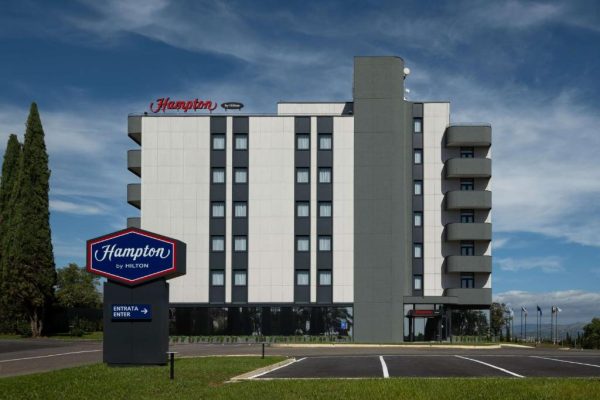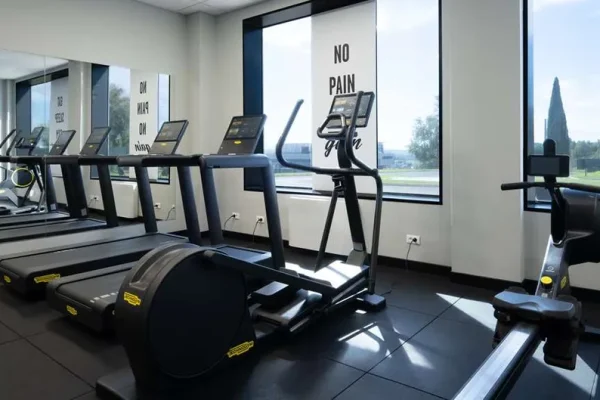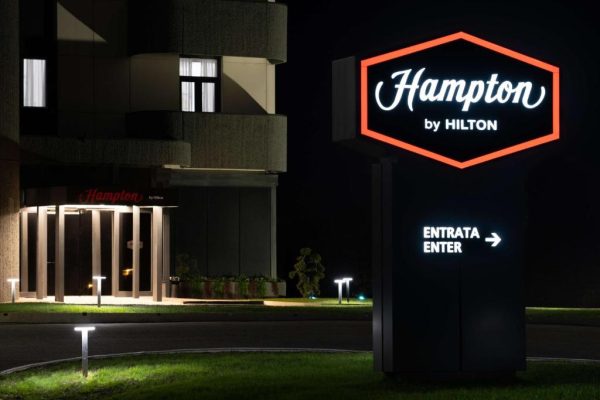Abstract
Background: This study aimed to evaluate the safety and efficacy of allogeneic adipose-derived mesenchymal stem cells (allo-ASC) for the treatment of lateral epicondylosis (LE). Mesenchymal stem cell therapy presents a promising regenerative treatment for tendinopathy, and this trial sought to compare intra-tendon injections of allo-ASC against a control treatment.
Methods: Ten patients with LE persisting for over six months were recruited and randomly assigned to either the cell group or control group. Injections were performed under sonographic guidance, delivering 0.5 ml of thrombin with 10^6 allo-ASCs (cell group) or normal saline (control group) mixed with 0.5 ml of fibrin into the largest hypoechoic defect in the common extensor tendon. Safety assessments were conducted on day 3, and at 2, 6, 12, 24, and 48 weeks post-injection. Efficacy was measured using pain visual analogue scale (VAS) at rest and during activity, Mayo elbow performance index (MEPI), grip strength, and ultrasonographic evaluations at baseline and at 6, 12, 24 and 48 weeks post-injection. Ultrasonographic findings were rated using a 5-point Likert scale. An intention-to-treat analysis with the last observation carried forward method was employed.
Results: Five patients were assigned to the cell group and five to the control group. One control group patient dropped out before the 48-week follow-up due to aggravated calcific tendinitis of the elbow. No serious adverse events were reported. Both groups showed significant improvement in pain VAS at rest and MEPI from baseline to 48 weeks. The cell group also showed significant improvement in pain VAS during activity and grip strength, while the control group did not exhibit significant changes in these measures. No statistically significant differences were observed between the groups at any follow-up point.
Conclusion: This randomized controlled double-blind trial demonstrated that intra-tendon injection of allo-ASC significantly reduced pain during activity over a one-year follow-up compared to baseline. Both allo-ASC and fibrin glue treatments improved pain at rest and function. However, no significant differences between the treatment groups were detected. Future studies with larger sample sizes and refined criteria are recommended.













































